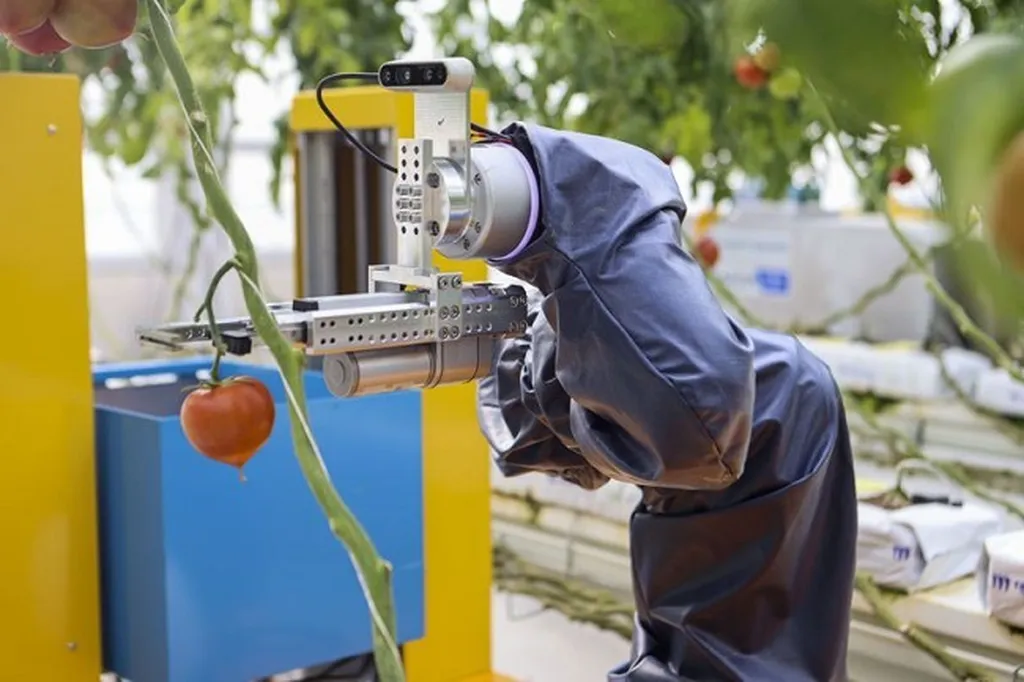In the heart of South Korea, researchers are revolutionizing the way agricultural robots navigate fields, and their work could reshape the future of precision agriculture. Muhammad Ibrahim Zain Ul Abideen, a researcher at the Division of Electronics and Information Engineering, Jeonbuk National University, has led a team that developed a robust deep-learning model capable of detecting furrow centerlines across diverse types of furrows. This innovation addresses a critical challenge in agricultural robotics, enhancing the precision and adaptability of these machines in various environments.
Agricultural robots have become indispensable in modern farming, tackling labor shortages and improving crop cultivation and harvesting. However, their effectiveness hinges on precise navigation, particularly the accurate detection of furrow centerlines. Traditional methods often faltered when confronted with diverse furrow types, leading to issues with generalization and adaptability. Ul Abideen’s team has tackled this problem head-on, developing a model that leverages both RGB and depth images to achieve unprecedented accuracy.
The team’s approach is both sophisticated and elegant. Their algorithm processes images through a dual encoder, combining features from both RGB and depth inputs. These features are then refined through a channel-limiting network and enhanced by Deep Multi-scale Feature Fusion (DFF), which maintains feature correlations across different scales. Finally, two interlinked decoders re-utilize these multiscale features to compute segmentations and lines. The result is a model that significantly outperforms state-of-the-art methods, achieving a minimal lateral distance deviation of just 7.8 pixels and a detection line ratio of 71.13%.
“This model is a game-changer,” Ul Abideen explains. “It’s not just about improving accuracy; it’s about making agricultural robots more adaptable and reliable in diverse environments. This means farmers can depend on these robots to navigate their fields with precision, regardless of the furrow type or environmental conditions.”
The implications of this research extend far beyond the fields. In an era where precision agriculture is becoming increasingly important, the ability to deploy reliable, adaptable robots can significantly enhance productivity and sustainability. For the energy sector, this technology could also play a crucial role in optimizing the use of agricultural land for bioenergy crops, ensuring that these resources are cultivated efficiently and sustainably.
Ul Abideen’s team has demonstrated that their model is robust and adaptable, ensuring reliable furrow navigation for agricultural robots. This research, published in the IEEE Access journal (translated to English as “IEEE Open Access Journal”), represents a significant step forward in the field of agricultural robotics. As the technology continues to evolve, it is likely to shape the future of farming, making it more efficient, sustainable, and resilient in the face of changing environmental conditions.
The work of Ul Abideen and his team is a testament to the power of deep learning and the potential of agricultural robotics. As we look to the future, their research offers a glimpse of what is possible, paving the way for a new era of precision agriculture.

